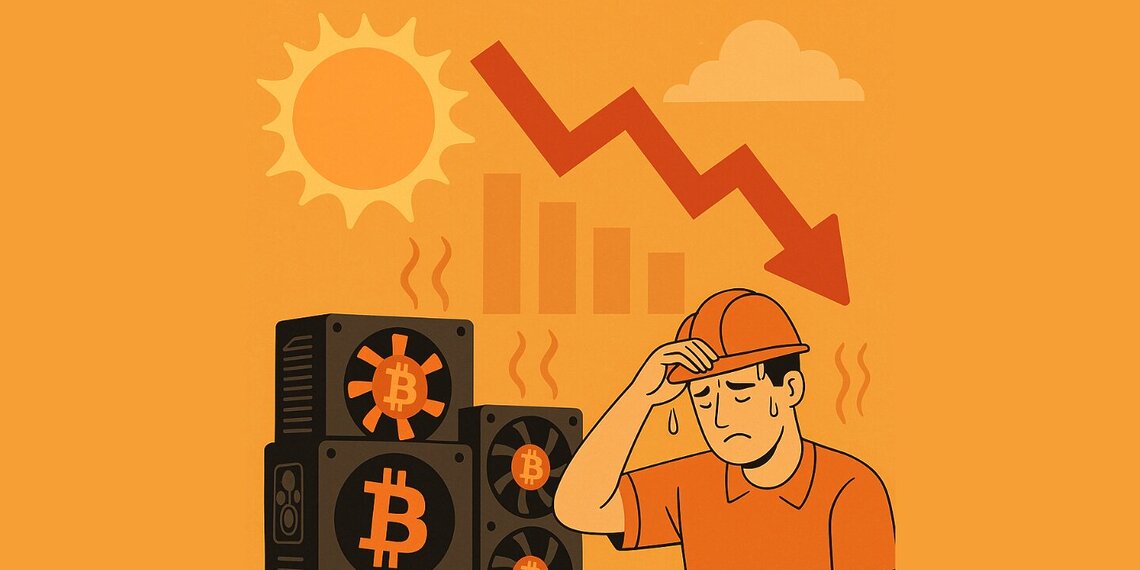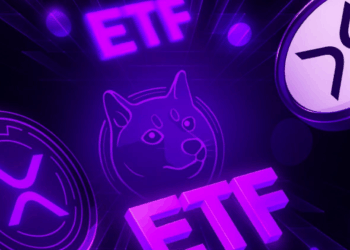JPMorgan analysts Reginald Smith and Charles Pearce attributed the drop primarily to weather-related disruptions in the United States. “Our sense is the decline was driven by seasonal weather-related curtailment in the U.S.,” they wrote, highlighting that major mining firms such as Cipher, IREN, and Riot collectively operate more than 80 EH/s in Texas, a region that faced intense heatwaves during the month.
Despite the dip in hashrate, mining profitability showed notable improvement. The analysts estimated that miners earned an average of $55,300 per EH/s in daily block reward revenue in June, marking a 7% increase from April. Furthermore, gross profit from daily block rewards rose 13% month-over-month, reaching its highest level since January.
Investor sentiment also reflected this profitability boost. The combined market capitalization of 13 U.S.-listed Bitcoin mining companies tracked by JPMorgan surged by 23% in June, adding roughly $5.3 billion in value. This growth was not evenly distributed, however. Companies with exposure to high-performance computing (HPC) outperformed traditional mining firms, driven in part by speculation surrounding a potential partnership between Core Scientific (CORZ) and CoreWeave (CRWV).
Among individual performers, IREN (formerly Iris Energy) led the pack with a remarkable 67% gain in market value. On the other end of the spectrum, Bitfarms (BITF) lagged behind, posting a 19% decline for the month.
In summary, while extreme weather conditions temporarily dampened Bitcoin’s network power, the mining sector demonstrated resilience through rising profitability and investor optimism, especially among firms diversifying into advanced computing services.










